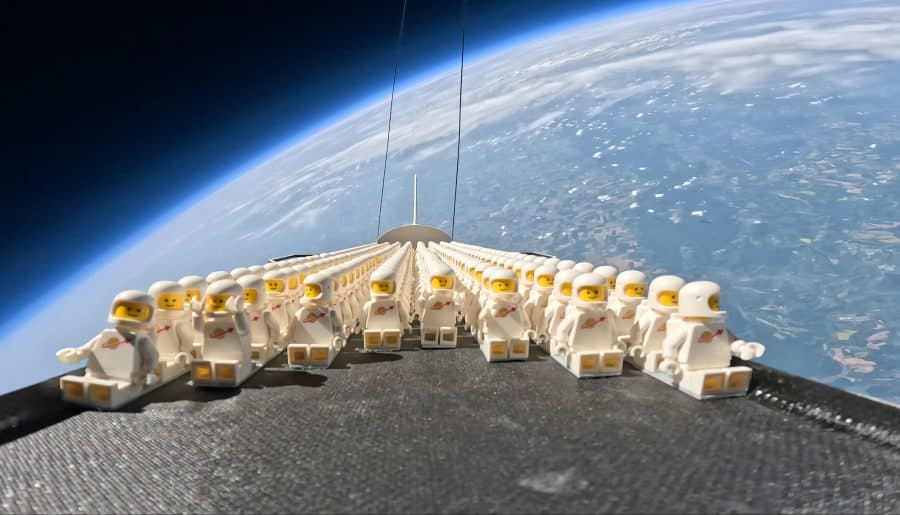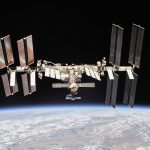Throughout history, humanity has always been fascinated by the idea of traveling to space. From satellites and telescopes to rockets, rovers, and probes, scientists have launched a vast array of objects into the great beyond. And, of course, there have been a select few astronauts fortunate enough to venture beyond our planet’s atmosphere.
But have you ever heard of LEGO minifigures making their journey into space?
Yes. You read that right.
On May 20, 2023, 1,000 LEGO minifigures embarked on a journey toward the edge of space.
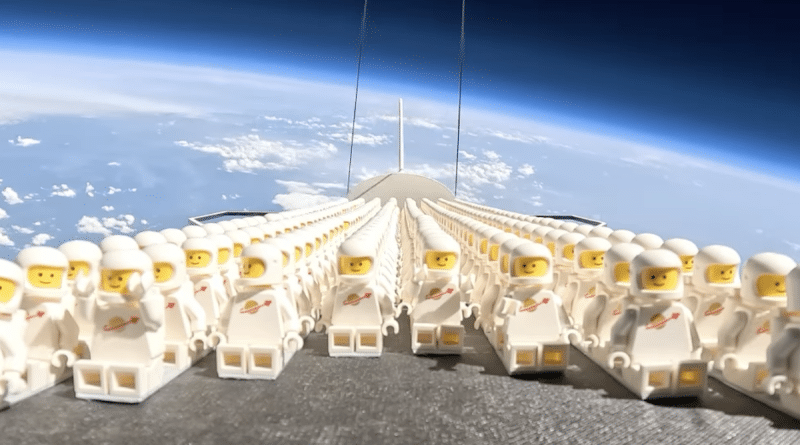
The Legonauts traveled on roofless 3D-printed space shuttles carried by a stratospheric balloon. Stratospheric balloons are high-altitude balloons released into the stratosphere. The minifigures took off from the Malá Bielice airport in Slovakia.
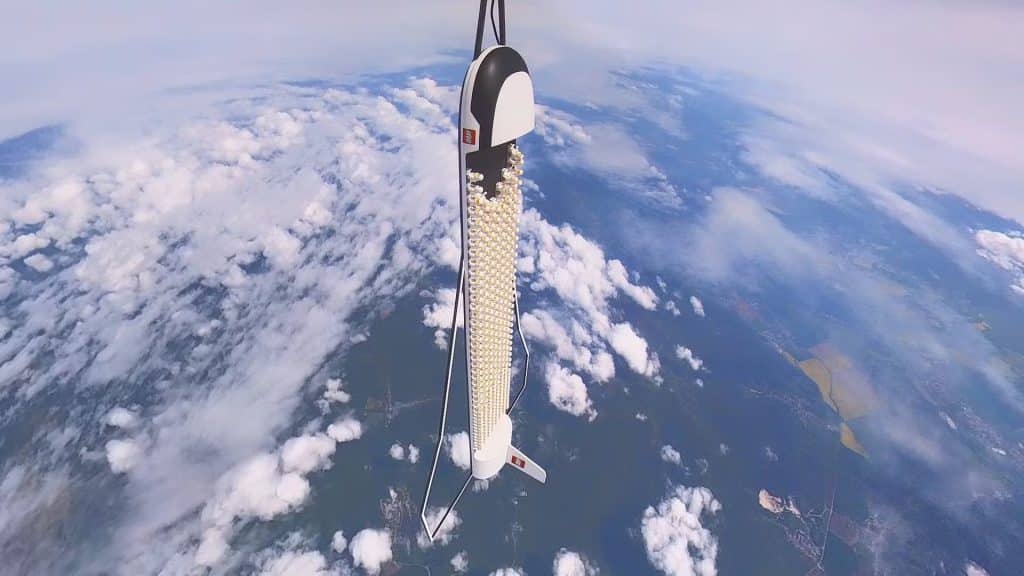
The mission was successfully launched by the LEGO company with the help of Czech-Slovak space experts. Their goal was to show kids anything is possible, inspire kids to pursue their dreams, and motivate future generations to learn about space.
The 3D-printed space shuttle, which housed the Legonauts, was designed and built by the same passionate space architects and engineers. The shuttle is made of carbon composite material, which is both lightweight and robust.
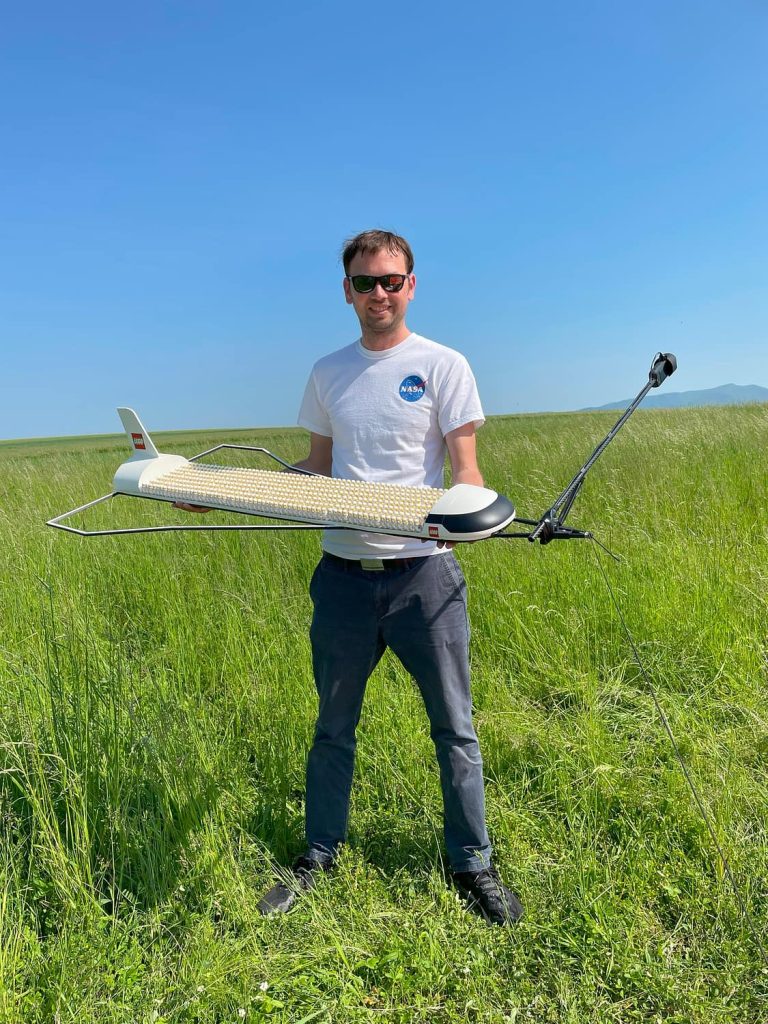
Now, you might wonder how they could launch them near the edge of space.
The Lego astronaut minifigures were launched into space on three separate balloons, each carrying 330 Lego figures. The balloons carried them 21 miles above the Earth’s surface, where they withstood temperatures as low as -70°C before the balloons burst.
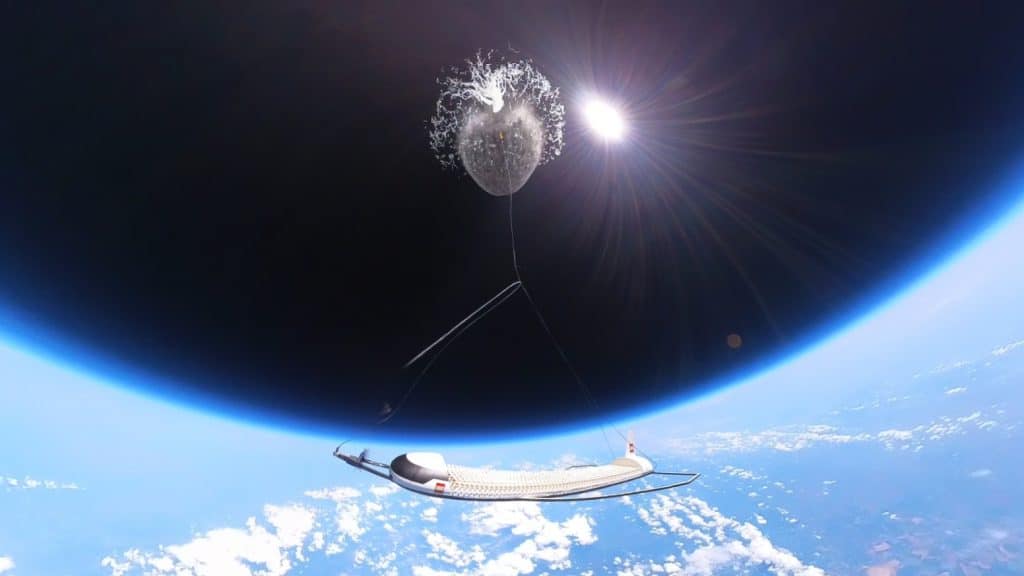
However, getting all 1,000 minifigures into space was no easy feat, as they had to ensure that none of these minifigures fell off mid-flight after the balloon burst and was exposed directly to space.
This is because during the free fall stage or before the parachute opened, the Lego astronauts experienced up to 300 km/h speeds. This made it difficult to keep them secure.
To meet this challenge, the team used lightweight materials like carbon fiber, 3D-printed stainless steel, and plastic to construct the space shuttle. On top of that, the entire platform, including the figurines, had to weigh less than 2.7 kilograms to be lifted by the balloons.
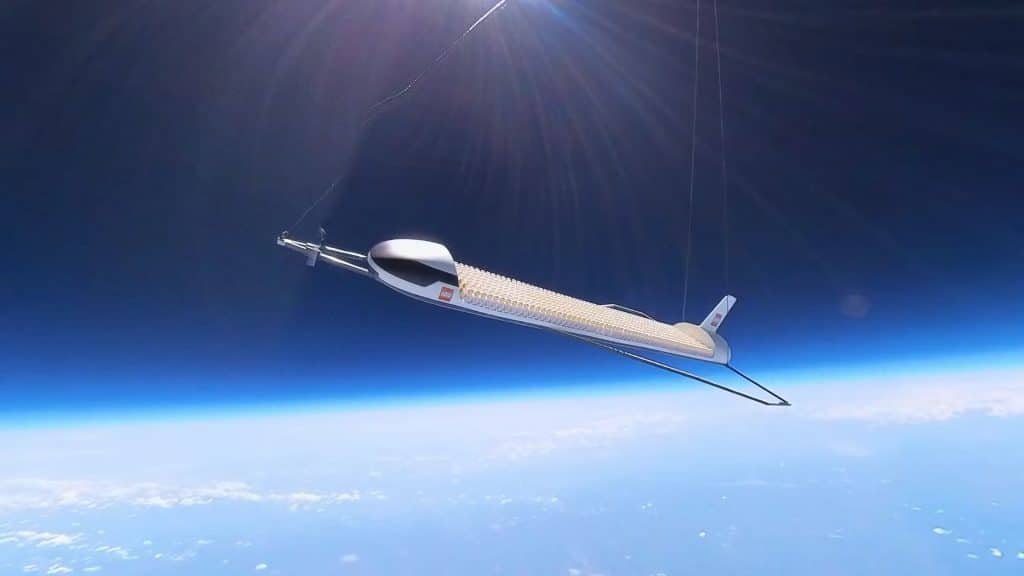
Thankfully, the team achieved their goal, and the tiny Legonauts returned safely to Earth. They landed on specialized platforms resembling small versions of their space shuttle.
The entire mission was well-documented, with one camera focused on the crew compartment and another providing a front-facing view of the platform.
One thousand Czech Republic and Slovakia residents were also able to win their own Lego astronauts. To qualify for the giveaway, fans had to purchase and register a new Lego set.
